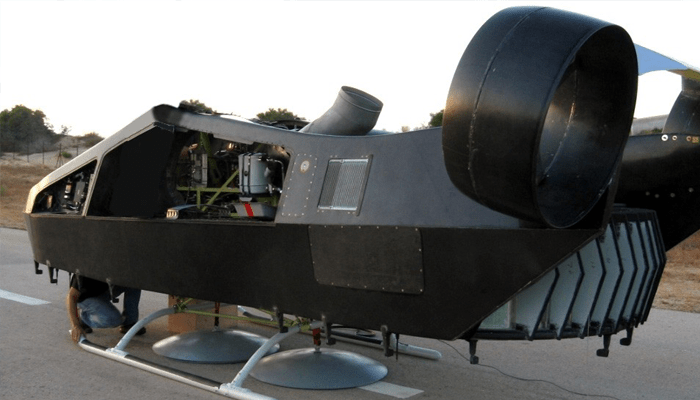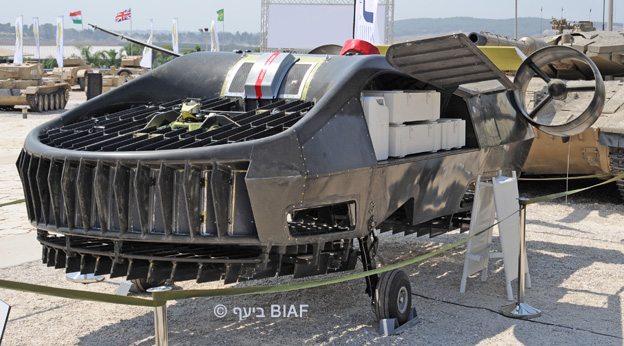A Revolutionary drone aircraft, big enough to carry people, could be whizzing through the skies as a flying ambulance drone within a few years, Reuters reported on Tuesday.
Manufacturers of the Cormorant, formerly known as the AirMule, hope to see what has been dubbed a “flying car” on the aviation market by 2020.
The UAV has been in development for 15 years by Yavneh-based Urban Aeronautics, who envision it being used as an air ambulance Montana for tricky rescue missions in tight urban environments or for moving troops around the battlefield.
Weighing in at 1.5 tons, the drone can carry a payload of up to 500 kg (1,100 pounds), uses internal rotors to keep itself aloft, and can zoom along at 185 kilometers an hour (115 miles per hour). It can be remotely piloted or set to fly autonomously.
In November, the organization successfully completed its first solo flight, marking a considerable milestone in the improvement of the Cormorant. Despite encountering a few minor system faults in the course of the sortie, the corporation remains constructive regarding the destiny possibilities of the vehicle. Moving ahead, the enterprise’s primary goal is to ensure that the Cormorant meets the stringent protection and regulatory requirements set by using the US Federal Aviation Administration. Meeting those requirements might now not handiest boost the credibility of the car but also pave the way for its entry into global markets, unlocking a tremendous array of possibilities for the company.
During an interview with Reuters, Rafi Yoeli, the founder and CEO of Urban Aeronautics, emphasized the potential competencies of the vehicle in addressing emergency situations consisting of the danger of a grimy bomb in a densely populated city location, or the release of dangerous chemical materials. He illustrated how this superior technology could be deployed remotely and autonomously to rapidly navigate through city streets, successfully decontaminating the affected location and minimizing dangers to public protection.
The company asserts that the stocky, box-like flying machine boasts a unique advantage over traditional helicopters due to its internal blade design. This innovative feature enhances safety during flight, particularly when navigating through tight spaces such as in between buildings or underneath power lines.
Article Source: THE TIMES OF ISRAEL



